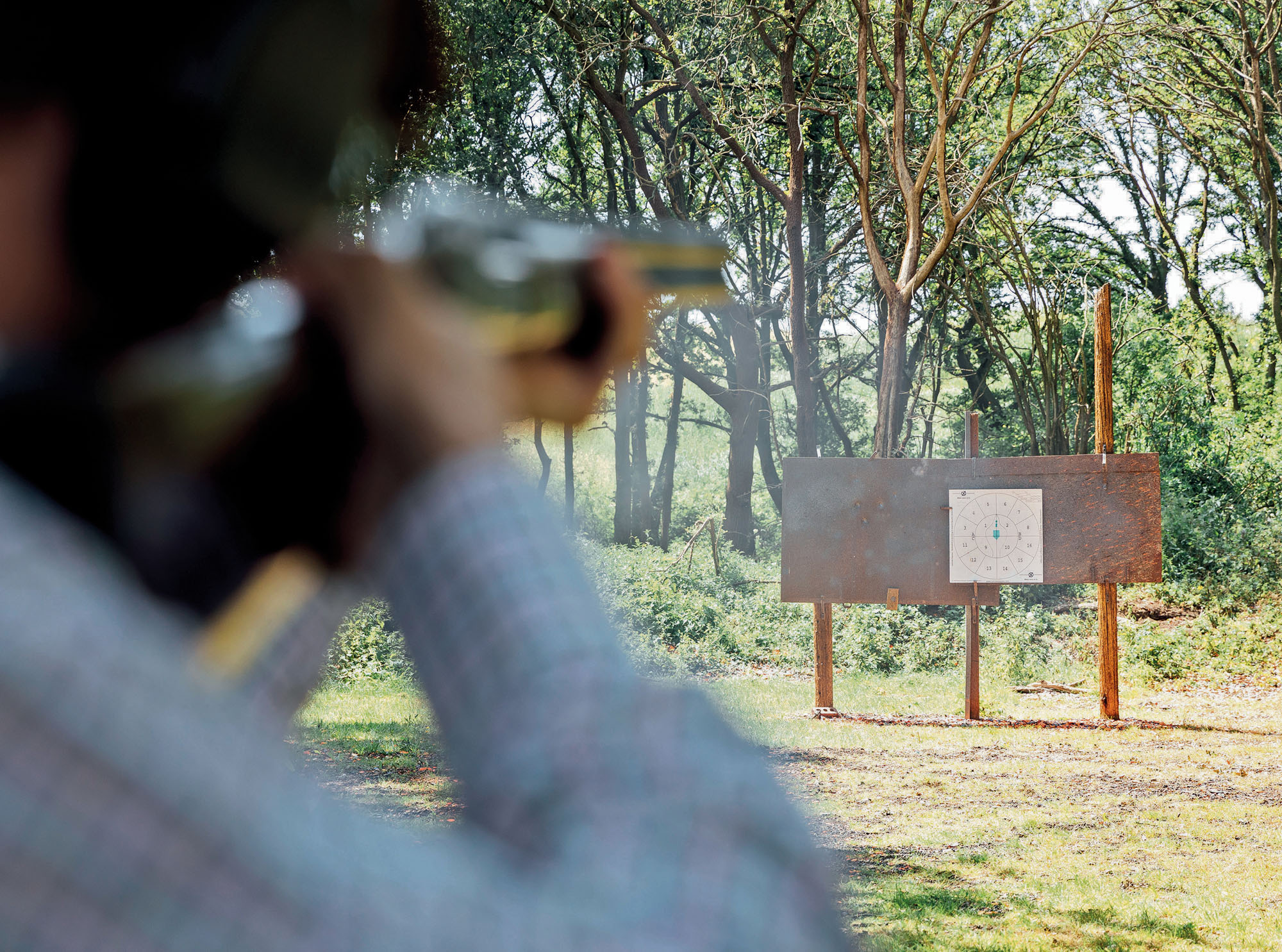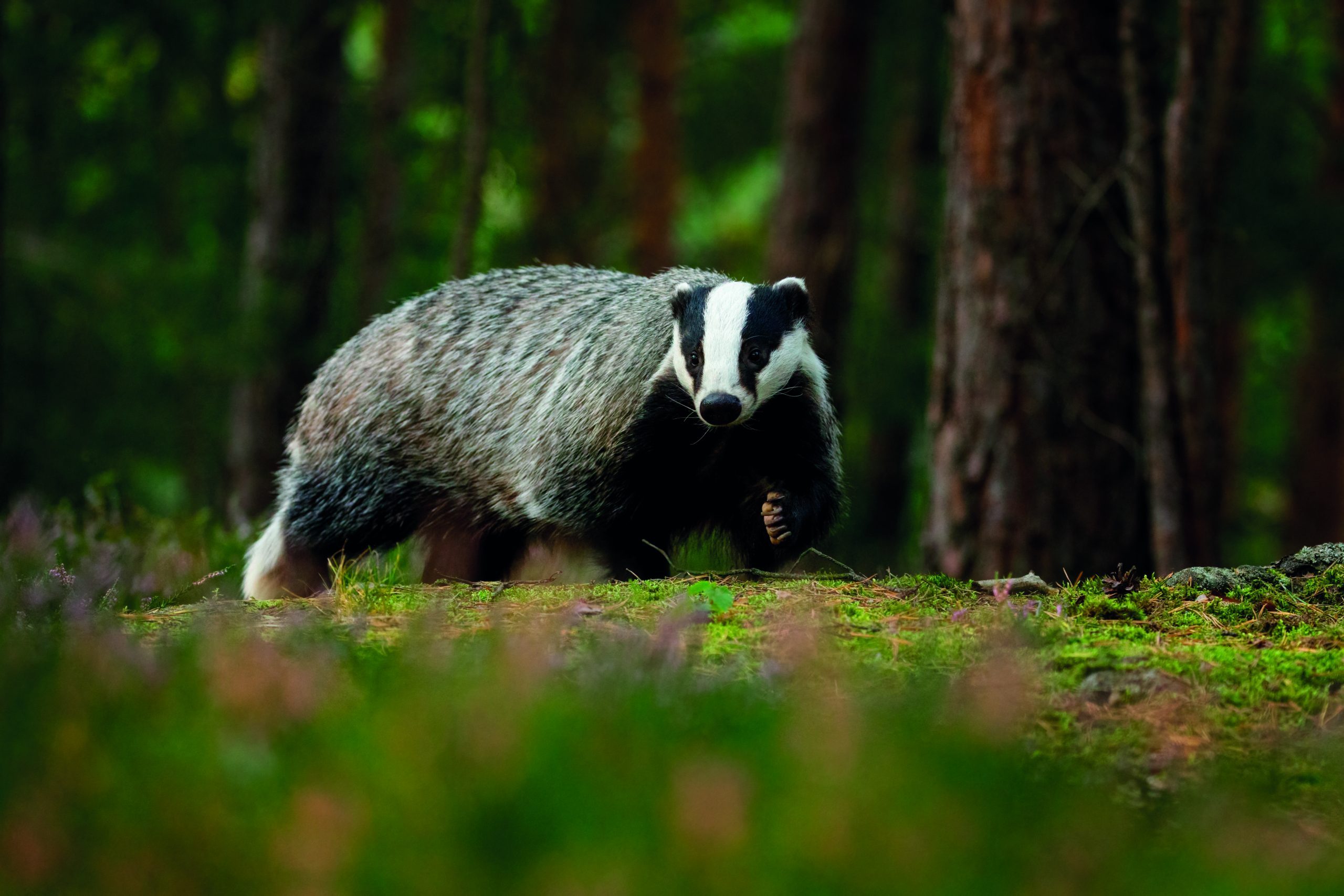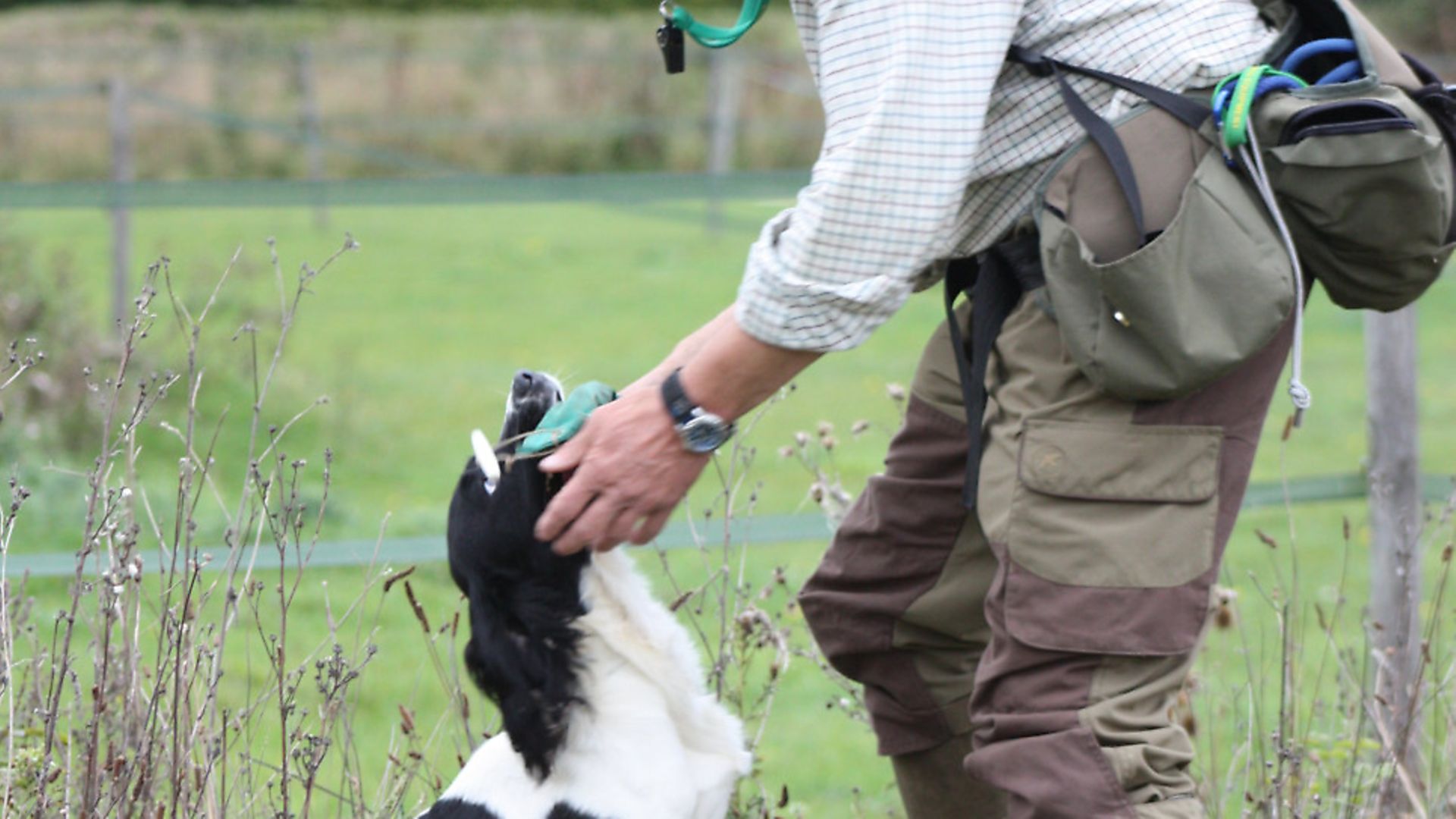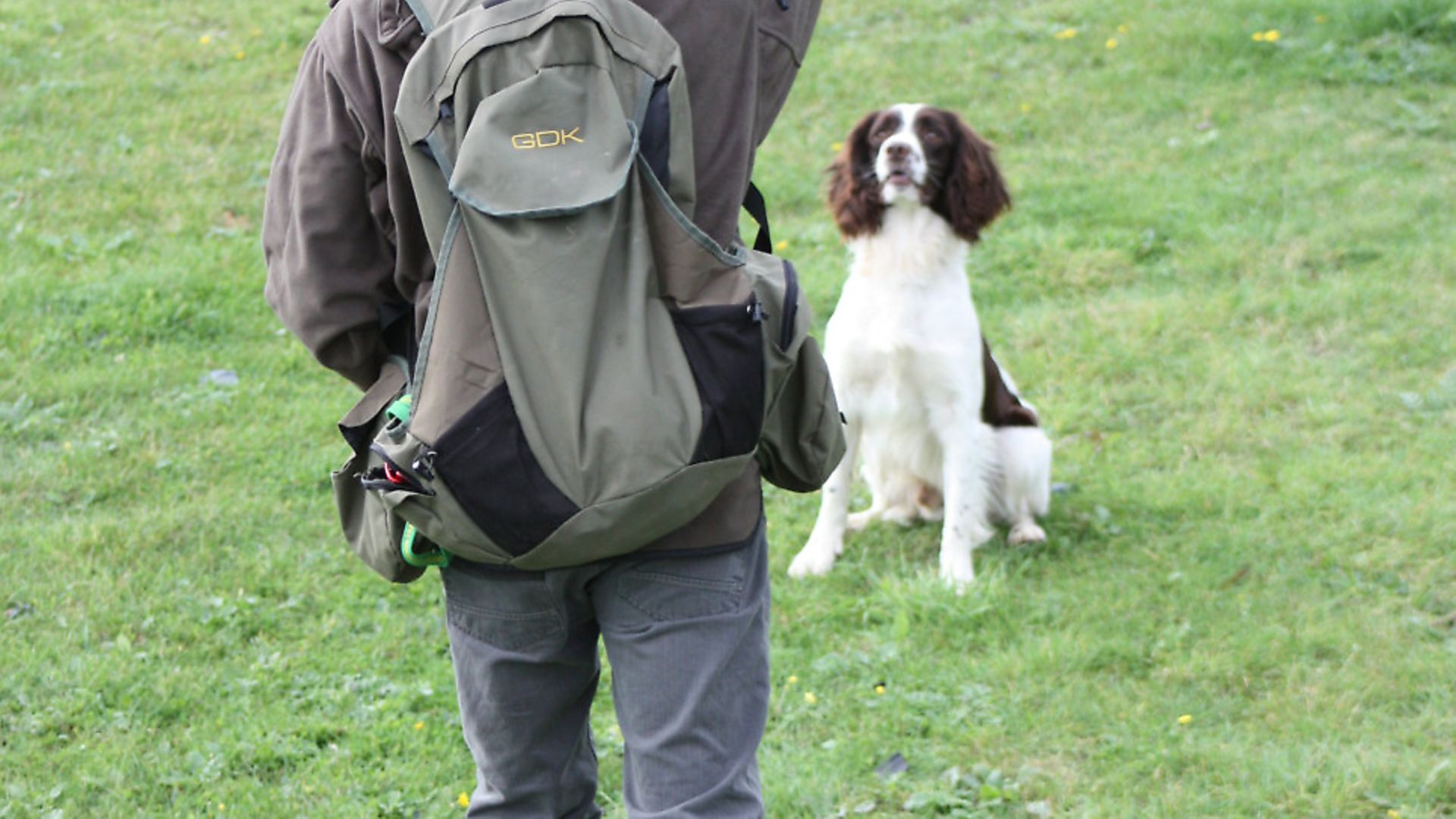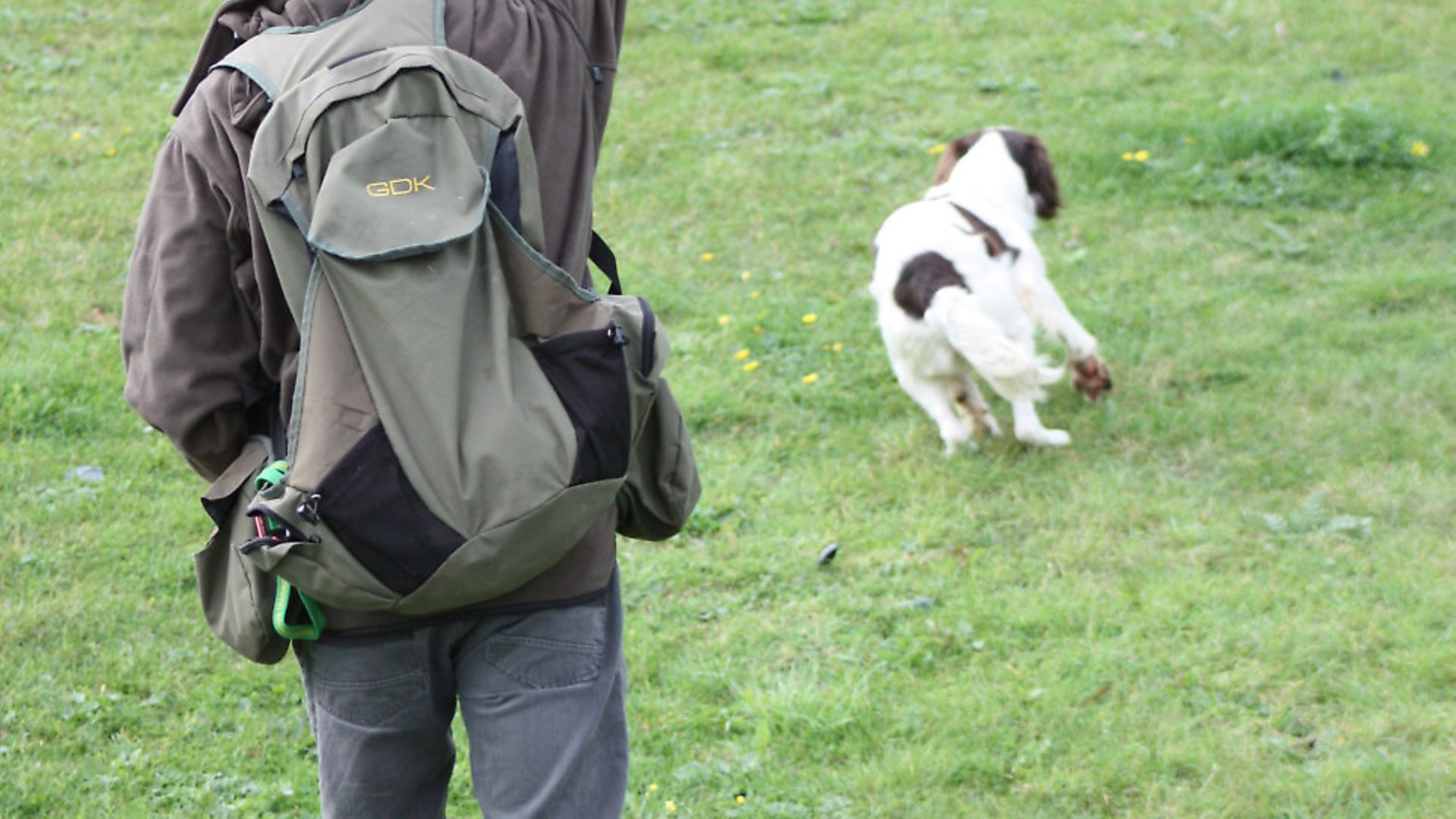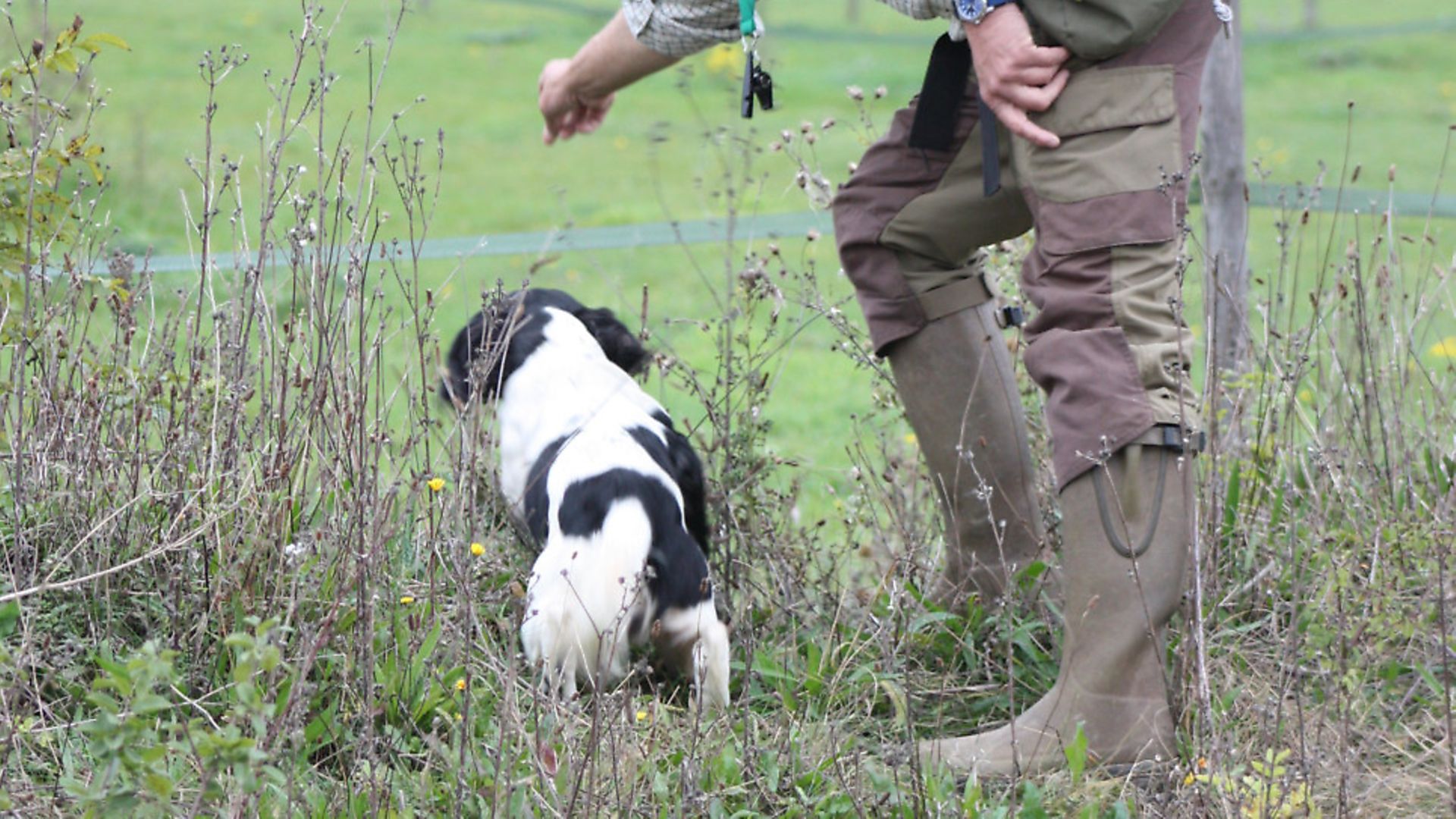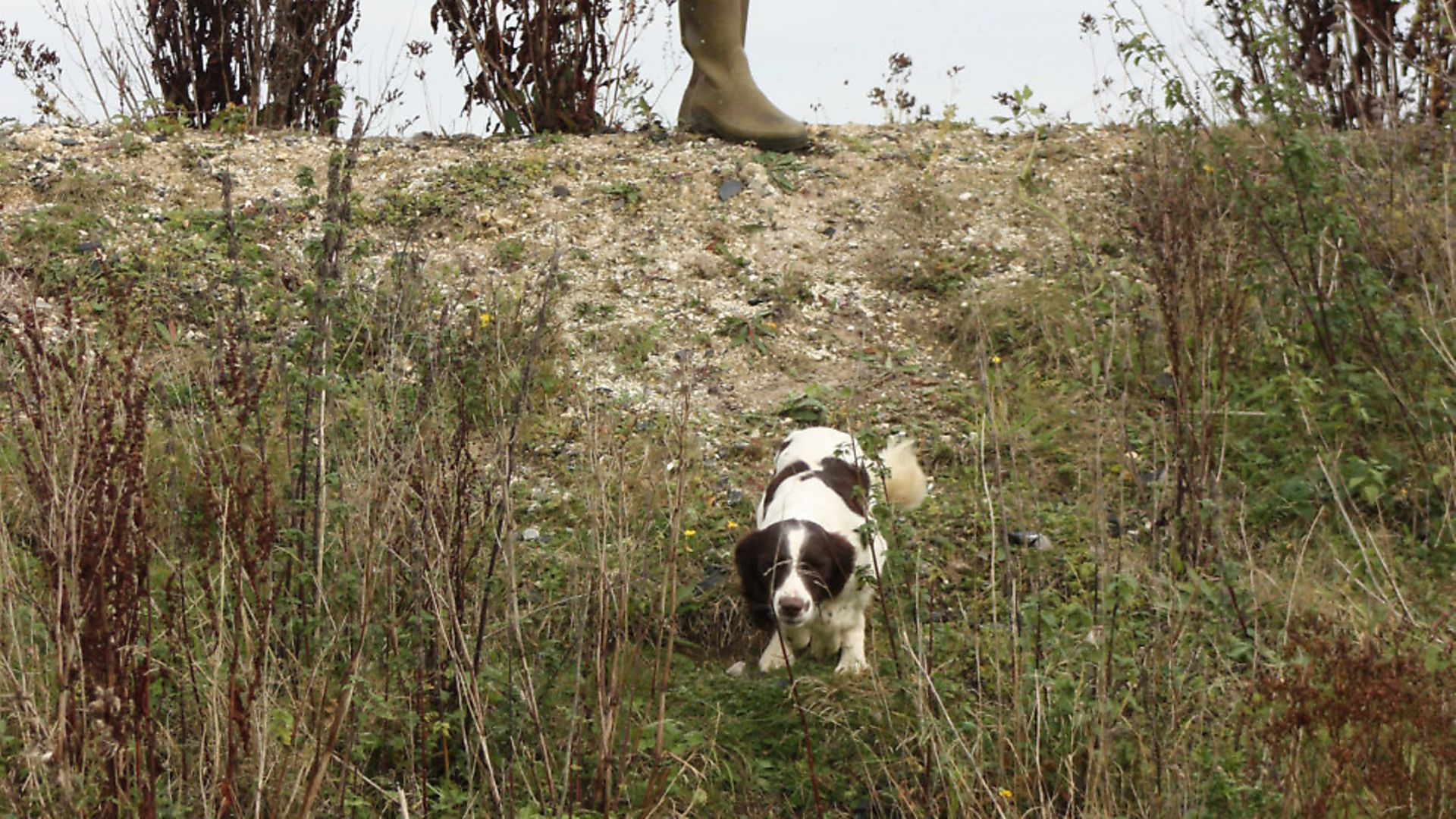Teaching your gundog the ‘back’ retrieve
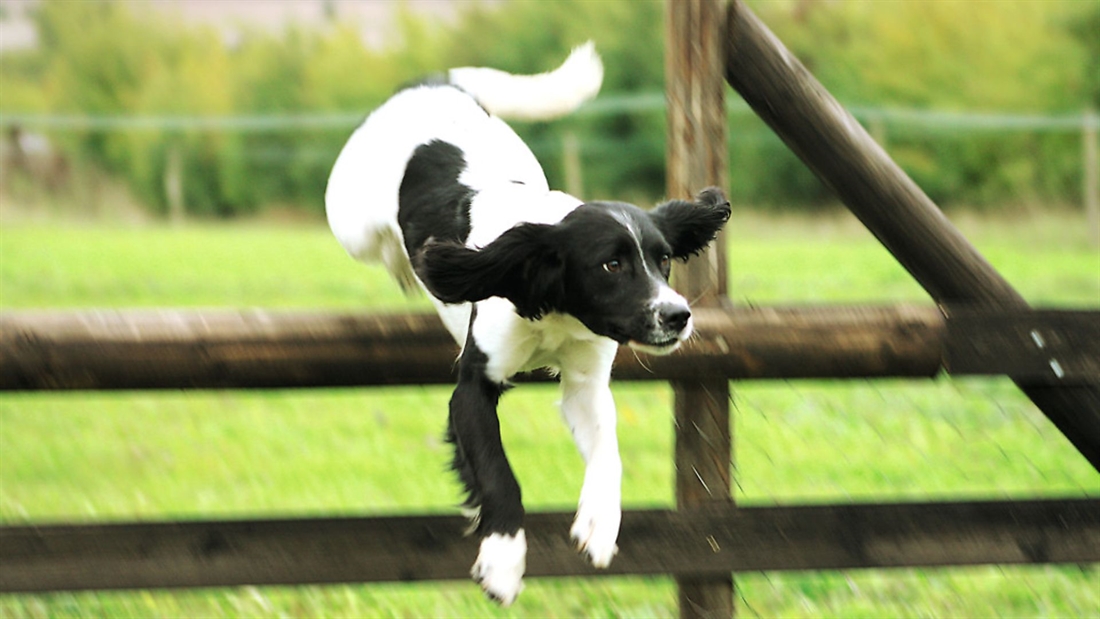
Howard Kirby explains how to teach your gundog the ‘back’ retrieve… the ‘back’ retrieve can be a real asset on a shoot day
In early puppy training it makes sense to ensure that we send the dog a very short distance to collect a retrieve. Small bodies and very little experience mean that a youngster will have a limited distance capacity, not to mention the amount of distractions a puppy will encounter once it starts to move any distance away from you.
Spaniels, HPRs and, of course, the retrievers can all be a real asset in the shooting field if they can be sent some distance to make a retrieve. ‘Some distance’ immediately opens up a question: how far? Think big is my answer; the sky’s the limit! Actually, that’s not quite true because dog and handler need to be able to see and hear each other in order to be able to communicate what needs to be done. Although that will probably change in time; I’m sure it won’t be long before the dog is wearing a panoramic camera and audio system that allows the handler to see where and what the dog is doing and then give the dog instructions. In fact, I’m probably behind the times as I would imagine Search and Rescue are probably doing it already.
In almost every gundog article ever written there will be some reference to ensuring that all of the basics are done and ingrained properly, and this one is no different. We’re talking about the retrieve, so firstly let’s ensure we all understand just what is required.
A nice way to look at it is to break it down into five separate parts:
1. The set-up; Think of yourself as the bow, the dog as the arrow and the dummy as the target. All three should be in perfect alignment before you ‘fire the shot’. Get the dog’s eyes, muzzle, body and tail all lined up with the target.
2. The run-out; We want the dog to take a straight line to the retrieve, ignoring all distractions.
3. The lift; A clean, soft and prompt collection of the dummy or bird.
4. The return; Assuming the dog has collected the dummy/bird correctly he should return directly to the handler, ignoring all distractions and not fumbling or fussing with the bird.
5. The delivery; The dog should gently present the dummy/bird to the handler so that they can take it in hand.
So now we have the five elements of the retrieve in place we can push on and start to teach the dog to expect to go much greater distances for a retrieve.
I think it’s important to mention that it’s not uncommon for me to see clients who have inadvertently been overcautious with the distances that they have been working at and who now have a dog that habitually only goes out about 20m before expecting to find a retrieve. If this has gone on for too long it can stifle a dog’s development, so be careful that you don’t ‘stand still’ for too long.
Training a dog is an ongoing, fluid process; for those of you that are doing this for the first time it can be difficult. One needs to acquire the skills and teach them to the dog at such a rate that it’s very easy to get left behind. This can lead to the dog becoming difficult to handle; the problem is that once he gets mentally and physically in front of you then there is a risk that you find yourself fighting a losing battle.
MEMORY RETRIEVE
The memory retrieve is a fantastic training technique that’s easy to use and a great way to develop your dog’s retrieving confidence and power over distance.
Firstly, we need to find an area that’s suitable for retrieving from. This should be made up of gentle cover (avoid nettles, brambles or blackthorn) and in a perfect world would be a fenced corner that will restrict the hunting area of the dog. We want to give the dog the confidence to take a line straight out to this retrieving area. Over the next few training sessions you can gradually increase the distance that the dog has to run to get to the dummy.
The technique relies on the dog’s ability to memorise where the dummy was left; every dog is different, but don’t overestimate his ability in the first few sessions. Retrieves should be full of power, speed and confidence. Take the dog to the retrieving area, sit him up and throw the dummy into the cover, ensuring he clearly sees where the dummy has fallen. Now about-turn and heel the dog away, but don’t go too far – 20m will do for the first one – as we’re trying to ensure that the dog succeeds. He will race back and make the retrieve with ease. Ensure you quietly make a gentle fuss of the dog.
Many of the commands that we give to our gundogs are delivered by voice. For instance, ‘back!’ The dog will learn this by association. As he powers away to the dummy I like to cup my hands and softly shout, ‘Back!’ With enough repetition this will eventually become a command word that gives the dog the encouragement to power on. In competition and on shoot days less is more; keep all commands to a minimum. However, assuming the dog has been correctly trained, a well-timed ‘back!’ could be a real game changer.
Over the next few training sessions you can build up the distance. The further you go, the longer he has to memorise where the dummy is. He is also getting into the habit of travelling further. The memory side of the exercise is really ‘stretching his brain,’ encouraging and stimulating the use of this part of his memory.
There are other ways to make the retrieves more complicated and difficult; in most cases, this will be the right thing to do. You will just need to use your common sense and it’s really important that you keep the dog’s drive and confidence up. Be very careful that you don’t make everything too complicated; be prepared to take a step backwards if at any point the dog’s performance starts to falter.
UPPING THE ANTE
Increasing the distance from the dummy will make the retrieve progressively more difficult. The terrain he has to go over in order to get back to the dummy will also add additional problems for the dog. Ditches, streams, rivers, walls and changes in cover will all make the dog work and think more. It’s important to teach the dog that he is to keep going back in a straight line, even when the ground changes or an obstacle is in his way. Sometimes nothing more than a change from cultivated land to a grass paddock will cause a dog to stall or about-turn.
Provided you have not set the memory retrieve to be excessively difficult, regular practise will teach the dog to keep going whenever he encounters a change of ground or obstacle. Obstacles like fences, hedges, ditches and walls might need to worked on separately. Learning to negotiate things that are to be climbed or jumped needs to be planned carefully.
Start with small jumps and as the dog grows in confidence and athletic prowess you can try to work ‘full height’ obstacles into the memory retrieve. Small words of caution here in that I’ve encouraged you to develop a dog with a powerful forward going outrun. Whilst this is great, you must look after him – young dogs with this much enthusiasm won’t necessarily have the experience or self-preservation to consider whether or not a jump is dangerous, so don’t put the dog in harm’s way.
You can also increase the challenge by changing the angle of approach or hiding the dummies in the cover so that the dog has to hunt harder and for longer to find the dummy. Using smaller dummies or altering where you position them (e.g. against a wall or a bank) might make it more difficult for the dog to ‘wind’ the dummy. Wind direction can completely change the approach required of a dog to find his target.
The dog will need the opportunity to experience and practise all of the things we have discussed above. Your job is to engineer scenarios that create the behaviours in the dog that we desire. A long out-run on a blind-retrieve ‘back’ is essential in a competition dog and a really great tool to have in your ‘box’ on a shoot day.
For the ‘needy’ ones among us who are addicted to working with gundogs, setting a dog up and sending him out on a line to make a long blind retrieve provides us with a ‘fix’ that is hard to come by elsewhere.
Training a dog to this standard takes time, patience, commitment and tremendous skill. For those of you that have or will train a dog to this standard, I salute you!

